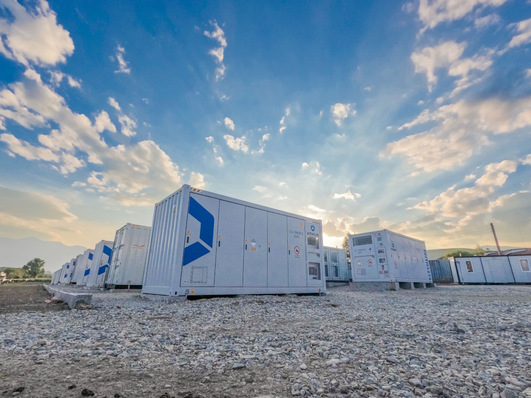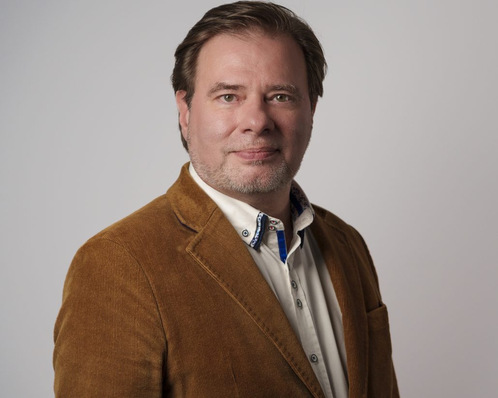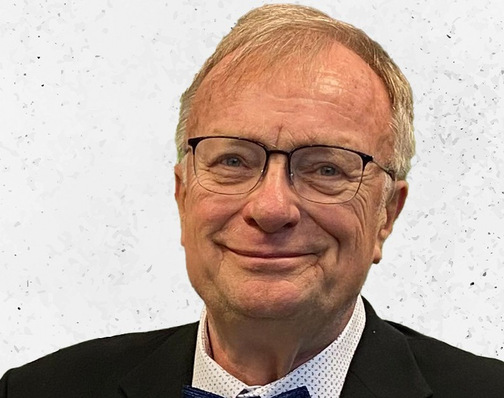The project is being built by Alliander and is designed to test how local hydrogen production can follow the generation profile of a solar plant, ultimately to reduce grid congestion.
In July 2020, the European Commission adopted a dedicated strategy on hydrogen to explore the potential clean hydrogen will have on cutting carbon emissions. It aims to support the installation of 6 GW of renewable hydrogen electrolysers by 2024.
Energy will be sourced from the adjacent 50 MW solar farm
This project, which is expected to be operational by late 2021, will source energy from the adjacent 50 MW solar farm, previously built by GroenLeven, to generate green hydrogen as a storable form of energy by electrolysis of water.
The project, which is one of the first of its kind, will test the extent to which a hydrogen electrolyser can follow the generation profile of a solar plant. This will examine how an electrolyser’s local and flexible load could be used to reduce grid congestion and to minimize the need for grid extensions for new solar or wind plants.
Help reduce the need of grid investments
The smart deployment of electrolysers could help reduce the need to invest in grids, enable the installation of more renewable plants and ultimately support the global energy transition.
Did you miss that? Green hydrogen for under 1 USD/kg by 2050
Manfred Groh, Strategy Manager, Corporate Strategy, Energy Policy & Sustainability, at BayWa r.e., commented: “This hydrogen pilot project will be one of the first that is powered by an adjacent solar farm and optimized to mitigate grid issues. We are excited to be working with Alliander on this project, which will allow us to enter the green hydrogen space as part of the transition towards 100% renewable energy in all sectors.”
Gain experience with the application of an electrolyser
Alliander is looking more broadly at addressing the problem of increasing regional grid congestion. This partnership will help to identify ways to ease pressure on the grid to accommodate growing demand, alongside wider grid expansion plans.
Alliander Project Leader, Ben Tubben, commented: “The pilot project in Oosterwolde provides the opportunity to gain experience with the application of an electrolyser regarding control, controllability and safety. We also want to investigate how the entire hydrogen chain works, which agreements must be made with stakeholders, and which laws and regulations are necessary. The installation is expected to be commissioned by mid-2021.”
Show how an electrolyser can follow the power production of a solar plant
BayWa r.e and GroenLeven, who constructed the largest floating solar plant outside of China earlier this year in the Netherlands, will work on the leasing of the installation, operation and ongoing monitoring of the hydrogen pilot project.
Willem de Vries, Project Manager Large Projects at GroenLeven, explains: “Locating a hydrogen electrolyser at a solar farm allows us to gather invaluable insights into decentral and renewable hydrogen production as a storable form of energy that could significantly reduce grid congestion. In addition to showing how an electrolyser can follow the power production of a solar plant, we will also be testing the optimum power ratio between an electrolyser and a solar farm. We look forward to understanding more about these capabilities and what they mean for our future energy needs as the pilot project progresses.” (hcn)
Read more: Strong sectoral integration required for 100% renewable energy system







